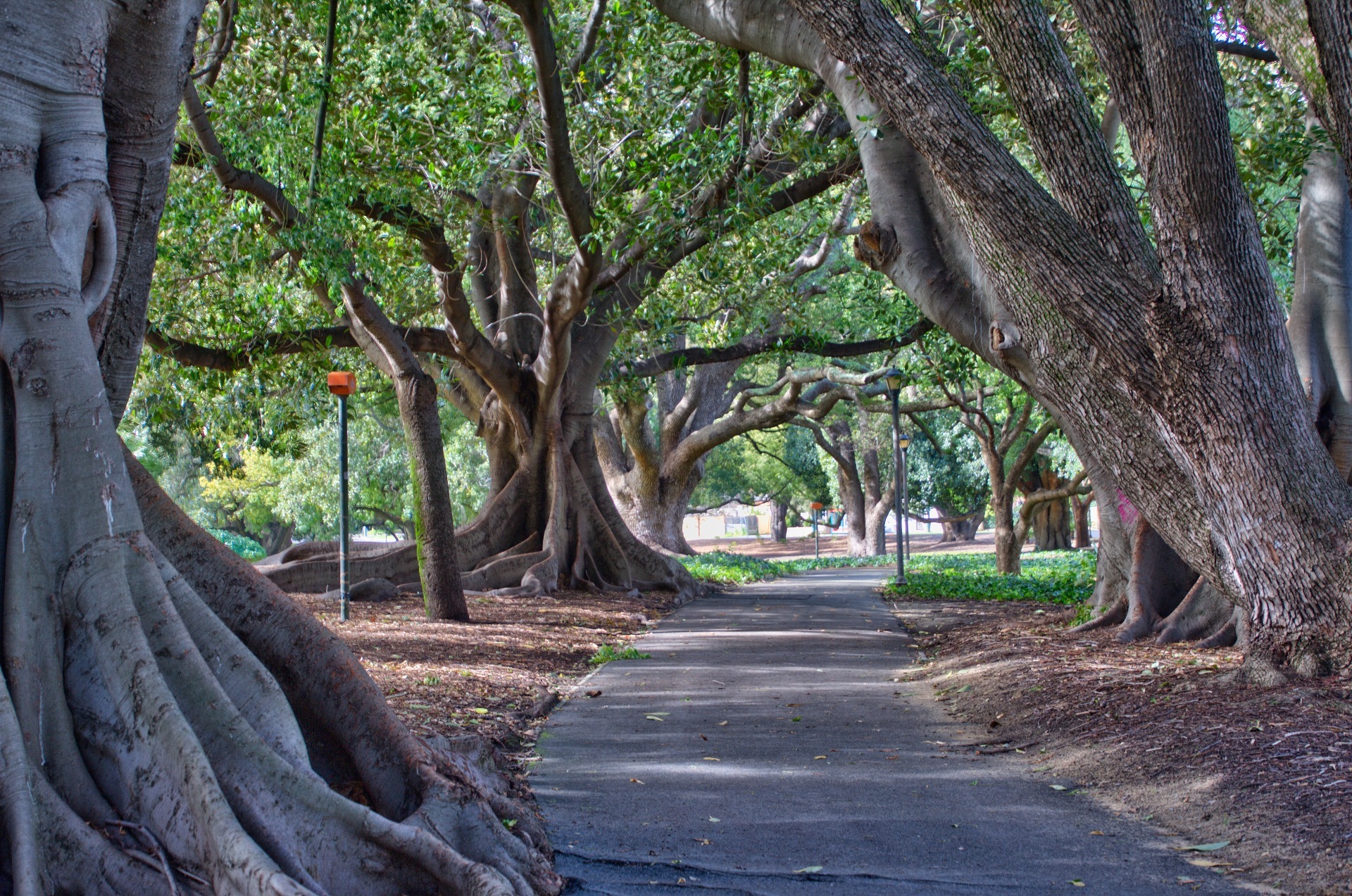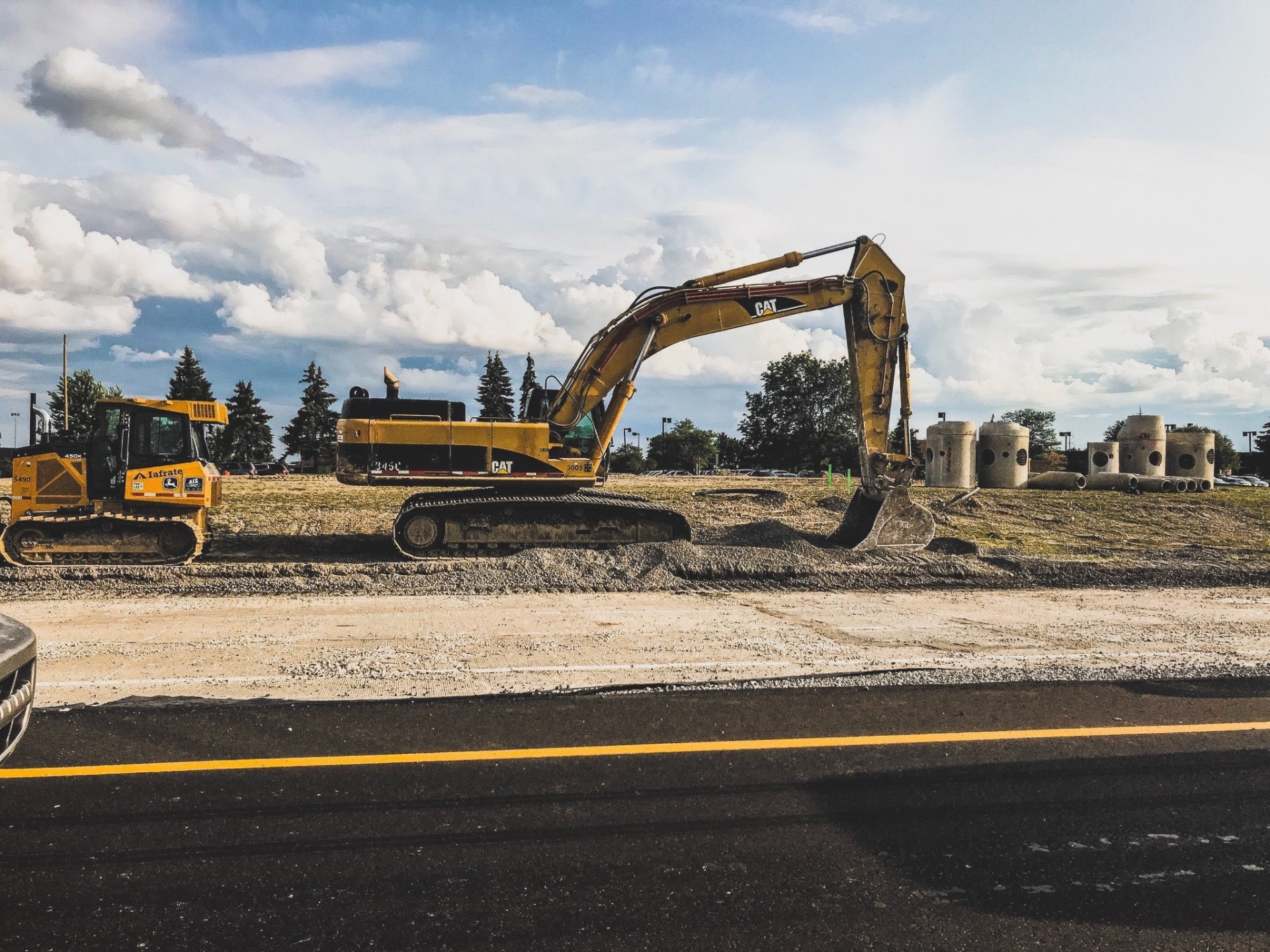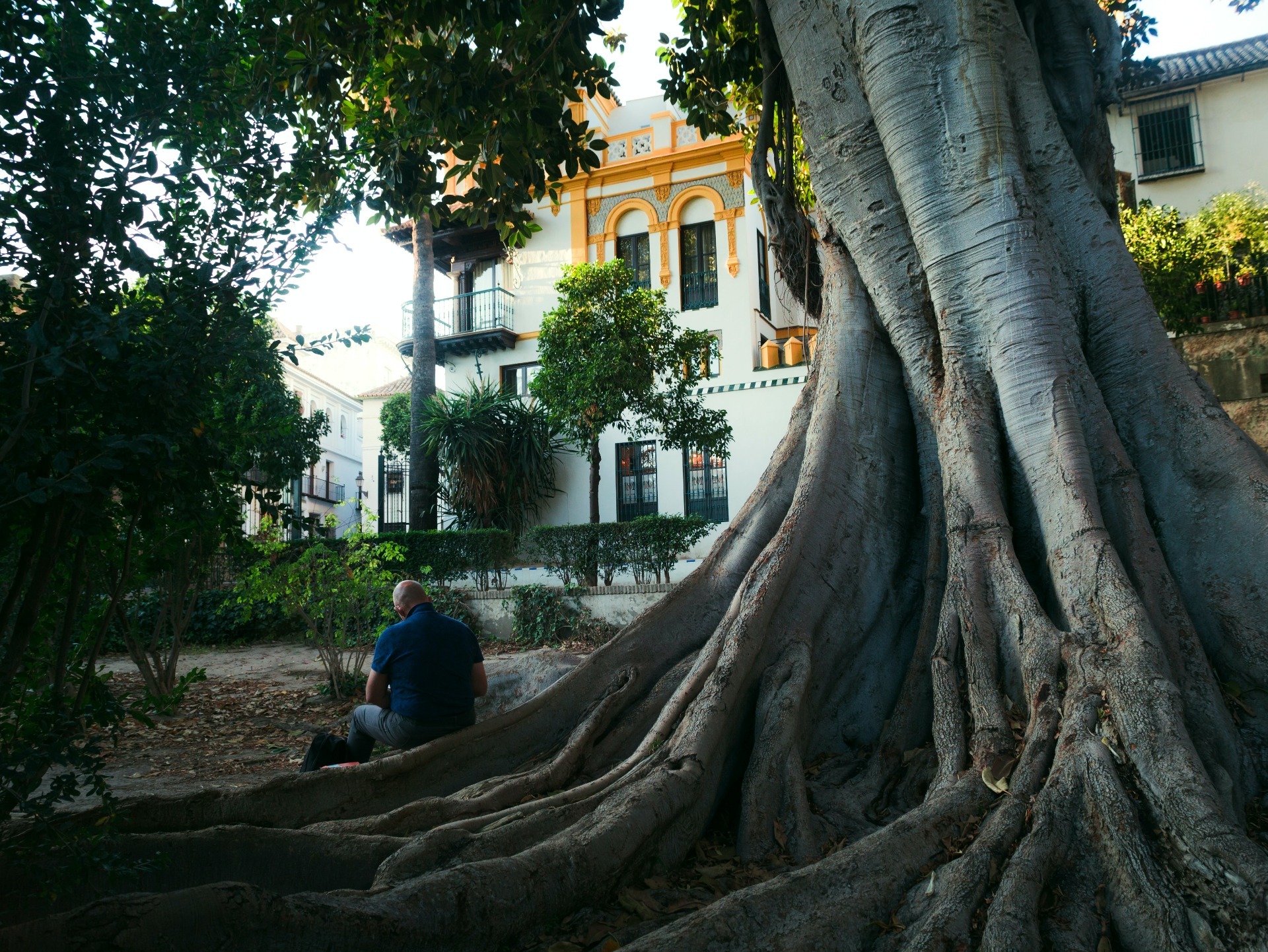Considerations of Tree Root Protection
We have gathered some useful information explaining some of the considerations you will need to make when it comes to root growth. You can find out more on the subject, as well as additional FAQs within our guides and tips section.

So why are root protection areas important?
When preparing an area for planting of trees and plants, it is imperative that the soil is not compacted, and stress or breakage of surface roots isn’t created by cars (this is especially damaging when the soil is wet).
Therefore, root protection products are important - they provide a synthetic material that evenly spreads loads, and a system that protects the concrete, trees or plants and soil around them. It is this combination that prevents rutting in the ground and helps contain nutrient rich soil which will help plants and trees flourish.
Make sure that all compacted areas are be able to drain freely and allow aeration for dispersing noxious gases out of the soil.
Project considerations when dealing with tree root growth
Any construction projects should be planned with a strong idea of how the tree roots and green spaces around the site will develop overtime, to avoid conflict between the build and plant life. While it is true that installation and root protection is relatively straightforward and can be undertaken by a novice DIYer, you should be aware of these considerations and take them into account during planning:
- Allow space for future growth. In some situations, trees and vegetation can adversely affect structures either by direct or indirect actions, causing shrinkage or swelling of a clay subsoil. Even if no trees exist at the time of construction, they may be planted in the future or self-seeded so consideration should be given to this possibility by having foundations that allow space for this.
- Direct damage by trees to structures. Trees can cause direct damage to structures by the disruption of underground services and pipelines; displacement, lifting or distorting; the impact of branches with the superstructure; and structural failure of the tree. The potential for direct damage should be taken into consideration throughout the design and construction process.
- If you are working in an area where trees are already established and you need to work near the roots please consider taking these following precautions:
- Foundations should be reinforced to resist lateral thrust.
- Walls or structural slabs should bridge over roots allowing
sufficient clearance for secondary thickening or be designed to
distort without cracking.
- Pavings and other surfaces should be laid on a flexible base to
allow movement and to facilitate relaying if distortion becomes
excessive. - Water leaking from damaged drains, sewers or water mains encourages localized root growth. Roots are then likely to enter a drain or sewer through the defect and proliferate, causing blockage and an enlarging of the initial defect. NOTE: damage to drains and sewers can be avoided by re-routeing services; ensuring watertight joints (and using flexible materials in clay soils to cope with the movement); and not using perforated land drains near trees.
- Allowance should be made for the swaying of stem and branches during storm conditions and branches which are liable to strike the structure should be pruned back to a suitable branching point.

Drainage Patterns, Sites and Soil Conditions
These three areas are incredibly important when assessing how urban builds and nature interact. We urge our customers to take these factors into consideration when planning urban developments.
- DRAINAGE:
New development may have an effect on the existing drainage pattern and ground water levels of a site, due to increased areas of hard surface and consequential drainage requirements. Because of this, existing trees may suffer due to an alteration in the supply of groundwater, whilst younger specimens and new plantings may be more likely to adapt to the changed conditions. - SOIL CONDITIONS:
Soils in areas to be planted should be analysed for structure and content by a specialist laboratory and expert advice taken on remediation measures for new planting if this is required (this should be done if an area looks contaminated). If contaminants (e.g. oil or diesel fuel, toxic materials, heavy metals, etc.) are present, soils should either be removed to the full depth for planting and new soil imported or expert advice obtained on remediation measures, which may include limiting the choice of species for planting. Where the structure of the soil is in an unsuitable condition to encourage growth, a number of remediation measures may be required including physical decompaction by mechanical plant or compressed air injection, the incorporation of bulky additive materials and new drainage systems. - SURFACES AROUND NEWLY PLANTED TREES:
Where surfaces are paved, the settlement of the soil in tree pits which occurs gradually after planting may cause it to move, which can lead to the partial collapse or instability of pavements or other surfaces. Unpaved areas near new plants should be of a size that allows pavement to be retained by am edging and foundation (e.g. brick, concrete, stone or treated timber) set at a distance where it is unlikely to be affected by the plant, including allowances for future growth.

Please note that the DIY friendly 'No Dig' method is the installation process that is most recommended as it protects the integrity of the ground and any adverse effects on trees. However considerations will always be dependant on the tree’s condition, the construction of nearby roads, and whatever already exists on site.
We recommend our Terravault modules as they are an excellent tool to help curtail the issues you can stumble across when dealing with landscaping optimisation (and can be incorporated into sustainable drainage designs too!). The units are modular and prevent damage to root structure by absorbing all ground loads, and replace rocks and compacted soil with a space where roots can flourish and easily have filtration and aeration. For best results, we recommend that the void is filled with nutrient-rich soil as this acts as a slow-release fertiliser, as well as wrapping the Terravault in a root barrier.
To find out more about the dig method and how you can bring the benefits of tree root protection into your home check out our range of articles.
